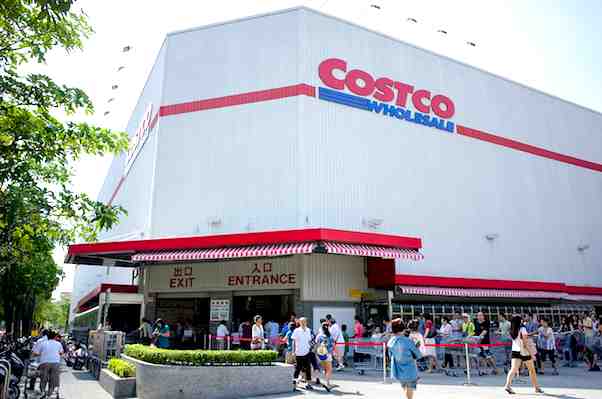
Costco Wholesale Corporation’s organizational structure is based on the company’s current business operations and locations. The firm’s organizational structure is the configuration used to interconnect different organizational components and resources to address retail business needs and meet performance goals based on Costco’s vision and mission. As the biggest membership warehouse club chain in America, the company has designed its corporate structure to ensure successful management of its business in the U.S. and overseas markets. The competitive advantages and business strengths identified in the SWOT analysis of Costco are facilitated through this company structure to support effective multinational operations.
The effectiveness of Costco’s organizational structure supports strategies for multinational operations. Thus, this structure can facilitate competitiveness against other retailers, including Walmart, Aldi, Home Depot, Amazon, and Whole Foods Market. Considering retail market saturation, the Five Forces analysis of Costco illustrates that these competitors create challenges to growing retail operations. Costco’s structure and organizational design suit business needs to overcome these challenges while supporting goals for growth and expansion involving new warehouse/store locations, new products, and related changes in human resources and the organizational hierarchy.
Characteristics of Costco’s Organizational Structure
Costco has a matrix organizational structure. This type of organizational structure involves a strong function-based aspect and a secondary divisional aspect. Through the function-based aspect of this organizational structure, Costco groups employees according to business functions, such as marketing and accounting. On the other hand, through the divisional aspect, the retail company groups business components according to location or market. The following are the main characteristics of Costco’s organizational structure:
- Hierarchy of function-based departments (primary characteristic)
- Geographic divisions (secondary characteristic)
Hierarchy of function-based departments. The function-based characteristic of Costco’s company structure represents the basic functions for maintaining the retail business. These functions are carried out starting at the corporate headquarters and affect the entire organization and its divisions, groups, and teams. The main function-based departments at Costco are as follows:
- Office of the CEO
- Administration
- Merchandising
- Finance
- Global Depots and Traffic
- Information and Digital
- Legal
These departments set the goals included in strategic formulation processes for Costco’s competitive strategies and growth strategies. The departments have different goals and requirements that are factored into strategic decisions for the retail company. Also, through function-based departments, this business structure influences other areas and aspects of the retail company. For example, Costco’s organizational culture (company culture) includes traits that promote the achievement of the performance objectives of the departments of this company structure, such as the Administration department and the Merchandising department.
Geographic Divisions. Geographic divisions are a feature of Costco Wholesale’s organizational structure that relates to the strategic locations of retail operations. At present, the following are the main geographic divisions in Costco’s business structure:
- Northern Division (U.S.)
- Eastern Division (U.S.)
- Southwest Division (U.S.)
- International Division
The function-based characteristic of Costco Wholesale Corporation’s organizational structure applies to all the geographic divisions. For example, the Finance department affects all the geographic divisions of Costco worldwide. Also, these divisions have further subdivisions to represent different markets. For instance, the Asia Division and the Europe Division are included under the International Division.
The implementation of Costco’s marketing mix (4P) is adjusted per region or country through the divisions of this organizational structure. Through this adjustment, the retail business optimizes the success of its marketing strategy in generating sales and strengthening the company and its brands. Moreover, through the geographic divisions of this company structure, strategic decision-makers gather market-specific retail business information regarding economic trends and the external factors identified in the PESTLE/PESTEL analysis of Costco.
Advantages & Disadvantages of Costco’s Structure
The main advantage of Costco Wholesale’s organizational structure is that the function-based structural characteristic supports organization-wide communication and managerial control. The company can easily implement new policies and strategies applicable to all geographic divisions. Also, the geographic divisions are a structural characteristic of this corporate structure that presents the advantage of flexibility to adjust Costco’s operations management to regional market conditions. However, a disadvantage of this business structure is that it offers limited flexibility, considering the corporate and organization-wide effects of the authority of function-based groups at Costco’s headquarters.
References
- Costco Wholesale Corporation – Company Information.
- Costco Wholesale Corporation – Form 10-K.
- Costco Wholesale Corporation – Governance – Executive Management.
- Junge, S., Luger, J., & Mammen, J. (2023). The role of organizational structure in senior managers’ selective information processing. Journal of Management Studies, 60(5), 1178-1204.